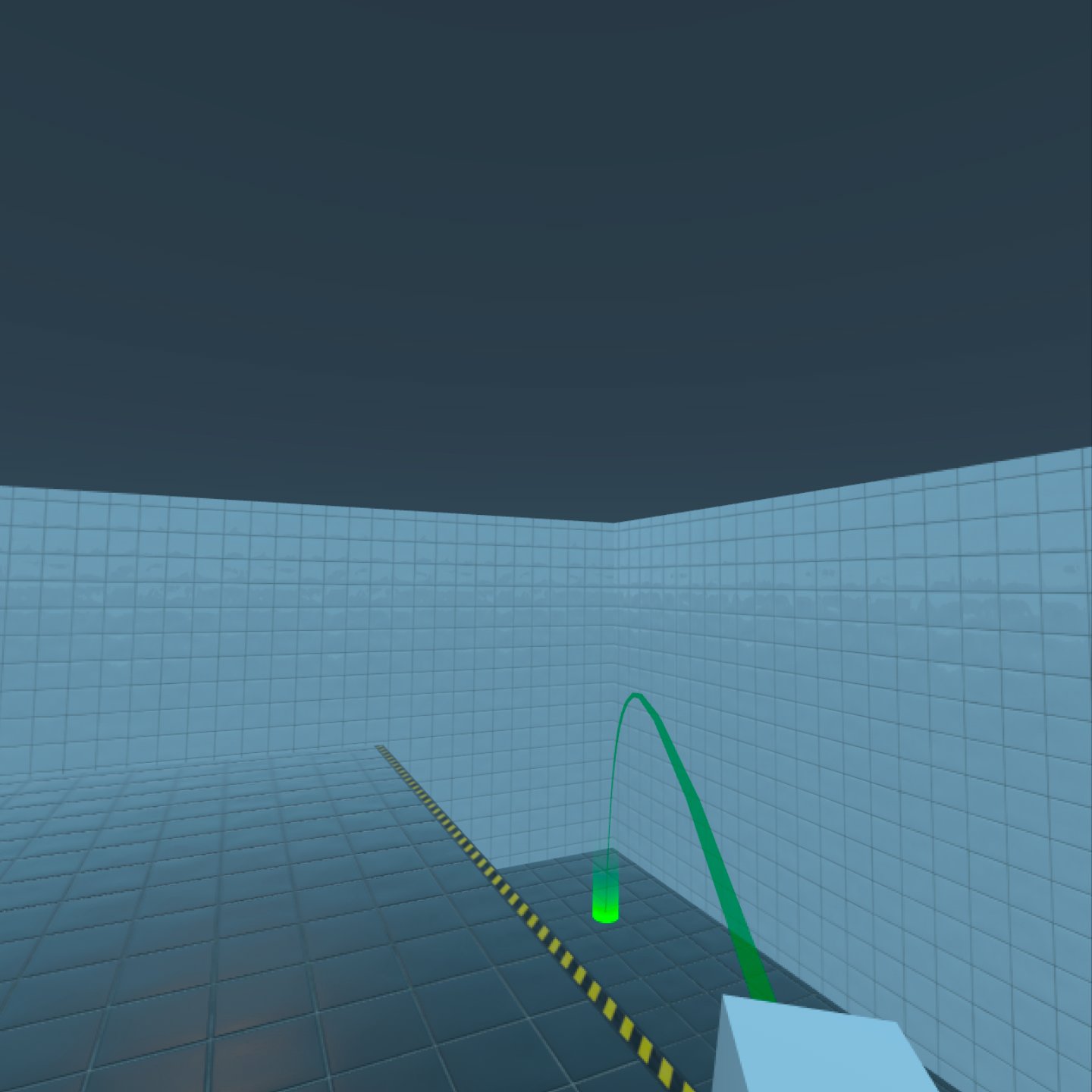Qt Quick 3D - XR Freeform Teleportation Example
Demonstrates how to make a simple locomotion in Qt Quick 3D XR.

Overview
This example shows how to move to places in the virtual environment using a simple freeform teleportation system, a non-continuous form of movement.
Controls
When you run the example, use the following controls for navigation.
| Action | Control |
|---|---|
| Rotation | Left and Right stick on the right controller |
| Aim and Teleport | Forward stick on the right controller |
Implementation
You can easily re-use FreeformTeleporter in other projects, as all the logic is contained within that type.
FreeformTeleporter { id: teleporter rayPicker: xrView cameraOrigin: xrOrigin camera: xrOrigin.camera beamHandle: xrRightController onDoTeleportation: (cameraOriginPosition)=> { xrOrigin.position = cameraOriginPosition } onDoRotation: (cameraOriginRotation, cameraOriginPosition)=> { xrOrigin.rotation = cameraOriginRotation xrOrigin.position = cameraOriginPosition } }
The FreeformTeleporter component has the following properties that need to be set:
var rayPicker
The rayPicker property can be any object that implements a rayPick method. In this example, we are using XrView's built-in ray-picking method.
Node cameraOrigin
The cameraOrigin property is the center of the camera's local reference space. In Xr this will be the location where tracked items, like the camera, will be placed relative to. We will, therefore, use the XrOrigin node as the cameraOrigin.
Node camera
The camera property contains the camera used to render the scene. In this example, we use the tracked XrCamera we created earlier.
Node beamHandle
The beamHandle property is the Node used as the teleportation beam's start point. In this example, we use the right controller xrRightController as the beamHandle.
See also Locomotion in Qt Quick 3D Xr.
© 2025 The Qt Company Ltd. Documentation contributions included herein are the copyrights of their respective owners. The documentation provided herein is licensed under the terms of the GNU Free Documentation License version 1.3 as published by the Free Software Foundation. Qt and respective logos are trademarks of The Qt Company Ltd. in Finland and/or other countries worldwide. All other trademarks are property of their respective owners.

